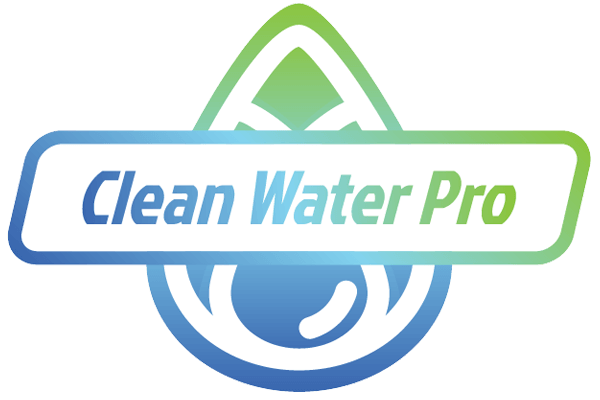The Hidden Challenge in Your Municipal Lagoons
Every municipal officer knows the inevitable truth: your wastewater lagoons are gradually filling with sludge. When left unaddressed, this accumulation leads to decreased treatment capacity, potential compliance issues, and the dreaded expense of dredging or building new cells.
For most municipalities, traditional dredging operations represent a significant financial burden that can strain already tight budgets.
But what if there were a more cost-effective, environmentally friendly solution?
Understanding Your Sludge Problem: The First Step to Management
Before implementing any solution, you must know precisely what you’re dealing with. Public works officers often ask:
“How do I know if I have a sludge problem in my wastewater lagoon system?”
Signs of excessive sludge accumulation include:
- Decreased treatment efficiency
- Unpleasant odours
- Reduced lagoon capacity
- Rising maintenance costs
- Compliance challenges with regulatory standards
The Power of Data: Measuring and Mapping Your Sludge
Effective management starts with accurate measurement. Our comprehensive sludge surveying service provides:
- Precise depth measurements across your lagoon system
- Detailed sludge maps identifying problem areas requiring immediate attention
- Volume calculations to quantify the exact amount of sludge present
We use specialized equipment—both on our survey boat and via drones—to precisely map your lagoon’s sludge distribution. This data-driven approach eliminates guesswork and ensures targeted, cost-effective treatment strategies.
Beyond Dredging: Biological Sludge Reduction
Many municipal officials ask us: “Is dredging the best method to remove sludge?”
While dredging has long been the traditional solution, it’s no longer the most cost-effective—or environmentally responsible—option. With disposal challenges on the rise and growing concerns around contaminants like PFAS, removing sludge and spreading it on fields or sending it to landfills is becoming increasingly problematic. Our biological treatment program offers an innovative alternative: it works with nature to break down sludge in place, reducing volume without the environmental risks of off-site disposal. (PFAS deserves its own deep dive, but it’s another strong reason to keep sludge where it is.)
How Biological Treatment Works
Our proprietary blend of beneficial bacteria and enzymes targets the organic matter in sludge through a natural process:
- Specialized bacteria colonize the sludge layer
- Powerful enzymes break down complex organic materials
- Bacteria consume the broken-down matter
- Natural biological processes convert sludge to water, carbon dioxide, and a minimal amount of residual matter
The result?
Our formula can reduce sludge accumulation by up to 70% inches per season at a fraction of dredging costs.
Cost Considerations: Biological Treatment vs. Dredging
When evaluating sludge management options, cost is typically a primary concern. Our biological approach offers significant advantages:
Factor | Biological Treatment | Traditional Dredging |
Initial Cost | Lower initial investment | High upfront expense |
Implementation | Minimal disruption | Major operational impact |
Environmental Impact | Low environmental footprint | Potential disposal challenges |
Long-term Value | Ongoing preventative benefits | One-time solution |
Customized Service Options
Our flexible service model adapts to your municipality’s specific needs:
- Assessment Only: We measure and map your sludge, providing you with valuable data to inform your decision-making process.
- Full-Service Treatment: Our team handles the entire process from assessment through application and final results with a future treatment plan.
- Self-Application: We provide the necessary training and support for municipalities with the resources to apply the treatment.
Proven Solutions for Municipal Wastewater Challenges
With years of experience working with municipalities across the region, our team understands the unique challenges faced by public works departments and city administrators. Our approach is built on:
- Safety: Comprehensive insurance coverage and strict safety protocols
- Experience: A proven track record of successful lagoon management
- Transparency: Clear pricing and documentation of actual results
- Partnership: We view our relationship with municipalities as a long-term collaboration
Take the First Step Toward Effective Lagoon Management
Don’t wait until sludge accumulation forces costly emergency measures. Proactive management starts with understanding the current state of your lagoon system.
Your Action Plan:
- Schedule a sludge survey to assess your current situation
- Review our detailed mapping and recommendations
- Implement a tailored treatment plan based on your specific needs
- Monitor progress with regular follow-up assessments
Ready to Learn More?
Contact Clean Water Pro today to schedule your comprehensive lagoon assessment and discover how our biological treatment program can save your municipality thousands while extending the life of your existing infrastructure.
Your lagoon challenges have solutions—let us help you find them.
